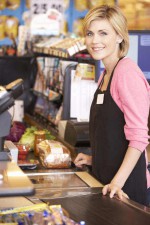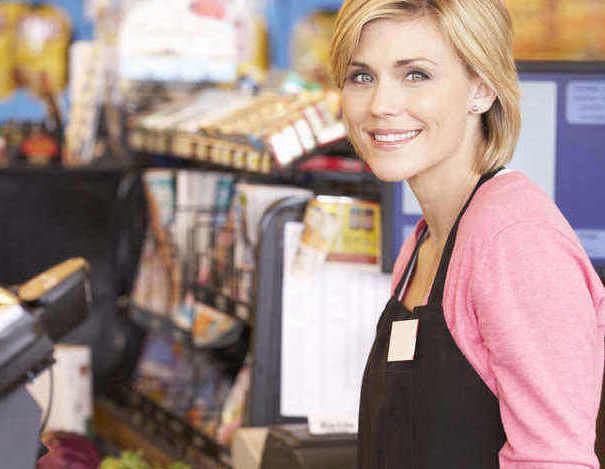 The retail and hospitality industry is continuing to exceed national SME growth, with almost 40% of SME business operators in the sector reporting a revenue increase in the past 12 months, and nearly as many expecting more growth in the year ahead.
The retail and hospitality industry is continuing to exceed national SME growth, with almost 40% of SME business operators in the sector reporting a revenue increase in the past 12 months, and nearly as many expecting more growth in the year ahead.
According to the latest MYOB Business Monitor* of over 1000 SME operators nationwide, 39% of SMEs in the retail and hospitality sector reported an increase in revenue over the past year, compared to a national SME average of 31%. Business operators in the sector made up over 11% of the total respondent sample.
MYOB New Zealand General Manager James Scollay says the retail and hospitality sector has had another solid 12 months, following several challenging years. “The sector has continued to consolidate its gains, establishing itself as one of the leading lights of the economy – and confidence is high for this trend to continue in the year ahead.”
In the year ahead to September 2016, 37% of retailers and hospitality business operators expect to see a further increase in revenue, again ahead of the SME average (34%). Businesses in the sector are currently seeing significantly higher sales, with 39% reporting more activity in the current quarter.
Sector getting competitive
Competitive activity is the greatest concern for operators in the retail and hospitality industry over the coming year, with 28% reporting pressure, followed closely by those expecting pressure on price margins and profitability (27%). Attracting new customers is another key concern for retailers, at 24%, while 23% report feeling pressure from cash flow.
Most connected industry
SMEs in the retail and hospitality industry have embraced the opportunities of the digital economy, with the highest level of online engagement of any of the sectors surveyed.
While a national average of 46% of SME business operators have no online presence, just 18% in the retail and hospitality industry are not online. SMEs in the sector are more than twice as likely to have both a website and social media, at 42% (20% average), while a further 22% operate just a website and 14% solely use social media to connect with customers online.
Scollay says a strong use of online technology is a significant factor in a range of performance measures, from increasing revenue to better customer engagement, and the retail and hospitality sector is continuing to grow ahead of other sectors.
“The retail and hospitality sector is particularly good at using technology to benefit their businesses,” says Scollay. “In the face of stiff competition from offshore retailers in particular, it’s great to see the local industry ramping up their online presence.”
Almost a third of the retail and hospitality sector plan to increase their employees’ pay within the next 12 months, with 29% indicating a pay rise, compared to the national average of 20%. The number of businesses increasing their part time staff (16%) is also above the SME average, though fewer full time roles will be available in the sector in the next year.
Over a third of operators in the retail and hospitality industry plan to offset pressure on margins by increasing prices and margins on products and services – well over the 25% national average. When it comes to marketing, the sector is investing heavily in online advertising, with 34% planning to increase their investment in online advertising in 2016, while spending on offline advertising will increase by just 18%.
*The MYOB Business Monitor is a national survey of 1,000+ New Zealand small and medium business owners and managers, from sole traders to mid-sized companies, representing the major industry sectors. It has run since 2009, commissioned to independent market research firm Colmar Brunton. This most recent survey ran in July/August 2015. The Monitor researches business performance and attitudes in areas such as profitability, cash flow, pipeline, technology usage and the government. The weighting of respondents by both geographical location and sector is based on overall market proportions as established by Statistics New Zealand and is drawn from an independent survey group, which includes both MYOB clients and non-clients.



